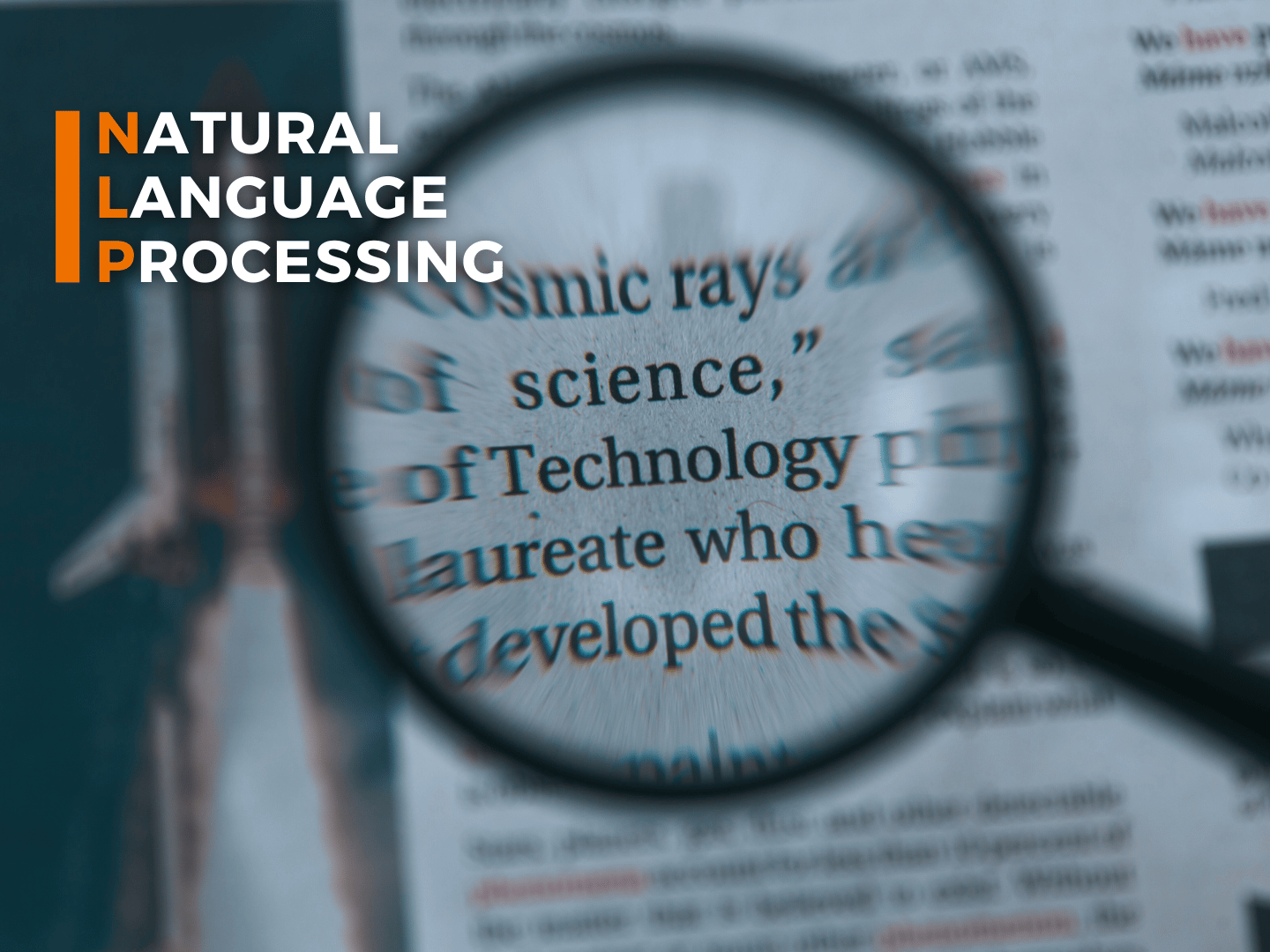What is Natural Language Processing (NLP)?
NLP is based on machine learning to understand and analyze text or voice data.

- 1
- 2
- 3
- 4
- 5
- 6
- 7
The field of Natural Language Processing, often abbreviated as NLP, has become an indispensable part of the modern technological landscape. But what exactly does this term entail?
The Importance of NLP in the Digital World
In a world where billions of people communicate digitally every day, NLP acts as a bridge between human language and machine understanding. NLP enables computers to interpret texts and spoken words as humans do – with all their nuances and meanings. Thus, machines can not only recognize and understand language but also react in a way that was previously reserved for human communicators.
The History of Natural Language Processing
Natural Language Processing began in the 1950s, exploring how computers can understand and process natural language. Early approaches focused on fundamentals and simple translations. Rule-based systems dominated in the 70s and 80s. The 90s saw the rise of statistical methods, followed by machine learning and deep learning in the 21st century, leading to significant advancements. Today, NLP is integrated into many technologies, such as voice assistants and analytical tools.
An Example of NLP Tools and Approaches – The Python Programming World

Within the Python programming community, a wealth of tools and libraries are available to help developers implement their NLP tasks. One of the most notable is the Natural Language Toolkit (NLTK), an open-source collection that offers a wide range of programs and training resources. NLP in Python combines powerful algorithms with machine learning and deep learning models to not only extract and classify text and voice data but also transform it into actionable information. Tools like spaCy, TextBlob, and Gensim complement the arsenal of resources available for NLP tasks and analyses.
Tasks: What can NLP Achieve?
When we talk about NLP, we mean a collection of methods and techniques that serve to process and analyze human language in a way that makes communication between humans and machines more seamless. NLP enables machines to gain a deeper understanding and interact with texts or spoken language in a way that allows for numerous real-world applications. The key achievements that NLP brings include the following tasks:
Named Entity Recognition (NER): This technique identifies and categorizes key elements in texts, such as names of people, companies, or places, and is crucial for information extraction.
Coreference Resolution: This involves figuring out which entities certain pronouns or other references in the text refer to, ensuring a holistic text comprehension.
Automatic Text Summarization: NLP algorithms create concise summaries from long text sections, facilitating information intake.
Language Generation: Generating natural language text based on data or predefined parameters, e.g., for creating reports or news articles.
Sentiment Analysis: By evaluating word choice and context, NLP can capture the sentiment behind a text, which is of great importance for market research and social media analysis.
Speech Recognition: Converted to text, spoken language can be analyzed and understood by a computer, which is essential for virtual assistants and voice control systems.
NLP Application Areas: Insights and Efficiency
NLP has a broad application field that ranges from text comprehension to decision-making. Here are some examples of its wide applicability:
Document Classification: Machines can automatically sort documents by topics or intent, easing the organization and management of information.
Data Extraction: NLP techniques identify and extract relevant information from texts, revolutionizing data processing in various industries.
Semantic Analysis: The deep understanding of language and context allows computers to grasp the meaning behind words and sentences, thus expanding knowledge databases.
Sentiment Analysis: Determining the opinion or mood in text data provides valuable insights for marketing and brand management.
Decision Support: By analyzing texts and deriving relationships, NLP can provide decision-makers with valuable information to make informed decisions.
NLP in the Context of Intelligent Document Processing (IDP)
NLP is not just a buzzword. It forms the foundation for the advanced processing and analysis of documents. With Natural Language Processing, we enable machines to understand texts as they are produced and communicated by humans. This capacity lifts our IDP software suite IDA – Intelligent Document Analysis – above conventional, rule-based document processing tools. This empowers organizations to scale their operations, enhance data accuracy, and unlock new levels of efficiency. IDA provides significant added value for our partners & customers.
Natural Language Processing as the Future of Document Processing
The evolutionary development of Natural Language Processing is setting new standards in the field of Intelligent Document Processing. NLP is the link between human intelligence and machine data processing, crucially contributing to enhancing efficiency and precision in document processing. As an IDP vendor, we are leading the way in implementing the latest innovations, thereby securing a decisive competitive advantage for our customers. The future is clear – Natural Language Processing will continue to revolutionize the way we handle information.
Ready to witness the transformative power of IDA – Intelligent Document Analysis – firsthand? Contact our expert team today for a personalized IDA demo and elevate your document processing to the next level.
